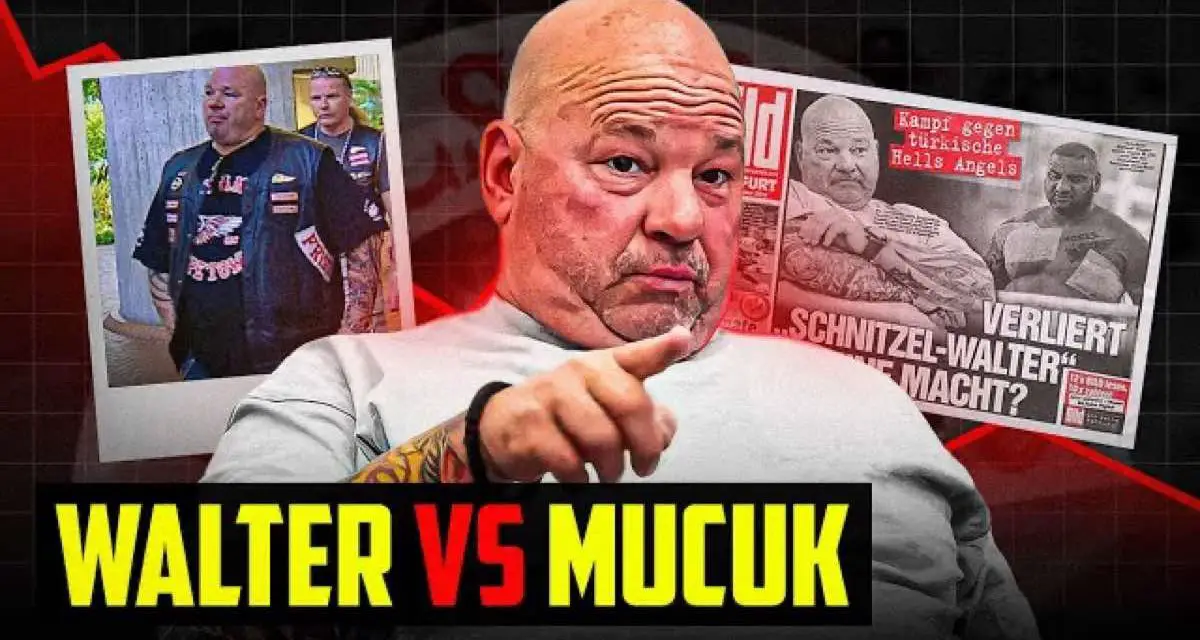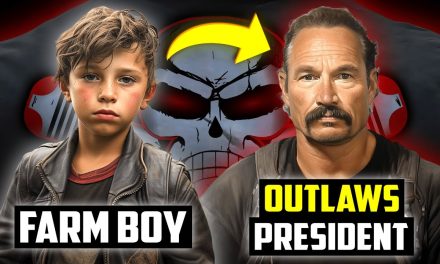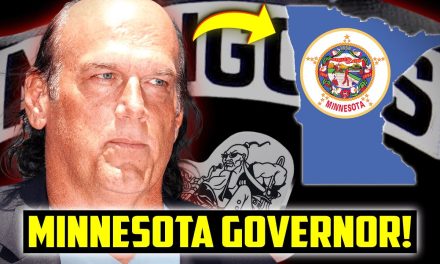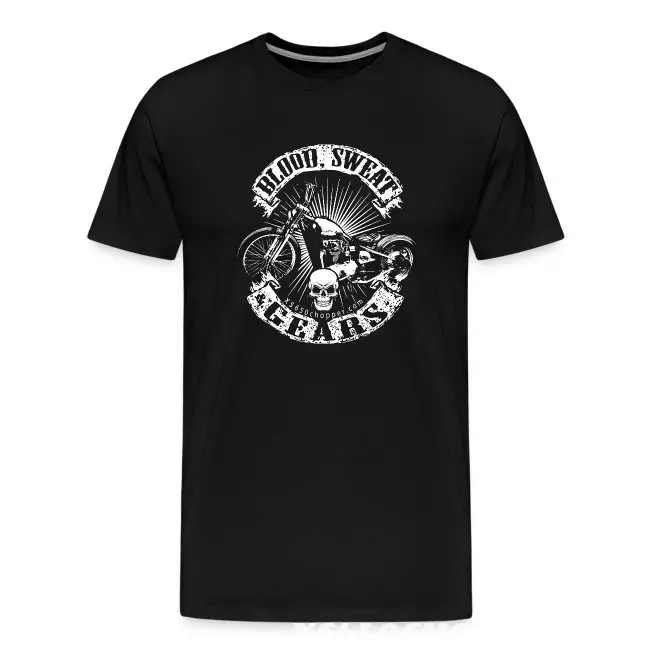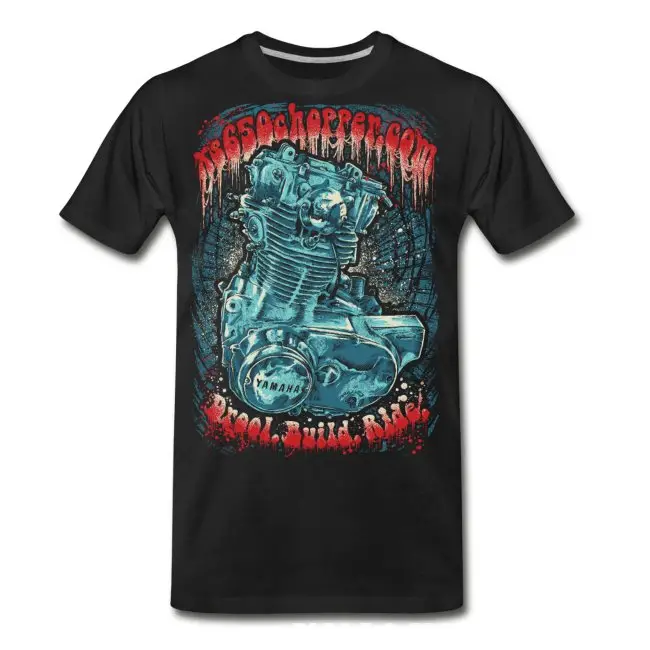The Hells Angels, one of the most notorious motorcycle clubs in the world, has a history filled with loyalty, rebellion, and intense internal conflict. One of the most dramatic episodes in their history involves the rise and fall of Schnitzel Walter, the German Hells Angels president, whose leadership was marred by betrayal and chaos. This article delves into the tumultuous events that led to the downfall of the Hells Angels in Germany, based on a great video you should check out in full at the bottom of this article.
1. The Rise of Schnitzel Walter
Schnitzel Walter was born into a typical middle-class family in Frankfurt. His childhood was unremarkable, filled with sibling squabbles and school shenanigans. However, his fascination with motorcycles was a constant presence in his life. In his twenties, Walter joined the newly formed West End chapter of the Hells Angels, quickly rising through the ranks due to his exceptional courage and discipline. Eventually, he became the president of his chapter, taking up the throne with the swagger of a true Hells Angel.
2. Mentorship Under Frank Hanebuth
Walter’s ascent was significantly influenced by Frank Hanebuth, the national president of the Hells Angels in Germany. Frank, synonymous with power and influence, became Walter’s mentor, teaching him the ropes of Hells Angels leadership. However, Frank’s involvement in illegal activities such as territory wars, illegal gun possession, and drug trafficking eventually led to his downfall. In 2013, Frank was arrested in Spain, and Walter was selected as the new national president of the Hells Angels in Germany.
3. The Rebellion Begins
Walter’s leadership was immediately challenged by younger, ambitious members like Aygun Mucuk. Mucuk, once Walter’s right-hand man, believed it was time for the younger generation to take over. In June 2014, Mucuk orchestrated a coup against Walter, leading to a violent clash at the Katana Club in Frankfurt. The conflict resulted in national headlines and drew the attention of law enforcement, escalating the internal strife within the club.
4. The Downfall of Walter
Despite Walter’s attempts to maintain control, his outdated tactics failed to quell the rebellion. Mucuk was not only able to dodge expulsion but also received permission to start his own charter. The internal conflict continued to escalate, with several assassination attempts on Walter’s life. By 2016, the situation had become untenable, leading to peace talks that ultimately failed to resolve the deep-seated animosities within the club.
5. The Aftermath
The chaos within the Hells Angels in Germany culminated in the assassination of Mucuk in October 2016. Although the identity of the perpetrators remains a mystery, many believed Walter orchestrated the hit. This left a significant dent in Walter’s reputation and further destabilized the club. By the end of 2016, the Hells Angels in Germany were a shadow of their former selves, with Walter struggling to maintain control and many of his supporters leaving the club.
Conclusion
The story of Schnitzel Walter and the Hells Angels in Germany is a testament to the volatile nature of power within outlaw motorcycle clubs. Walter’s rise and fall highlight the intense loyalty and brutal betrayals that characterize the Hells Angels’ internal dynamics. Despite his dedication, Walter’s legacy was ultimately tarnished by the chaos and rebellion that marked his tenure as president. The Hells Angels in Germany, once a formidable force, were left in disarray, struggling to regain their former glory.
Full Video here:

